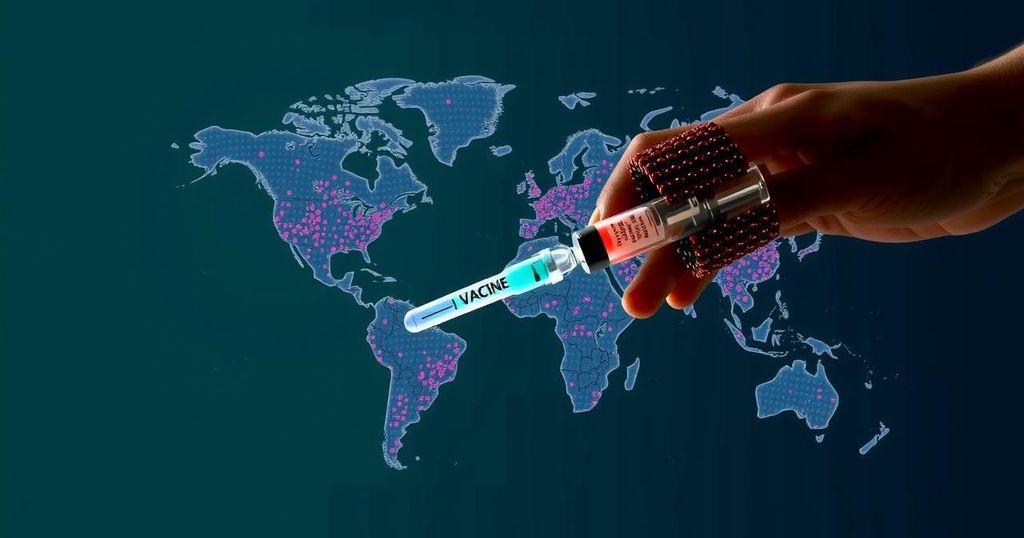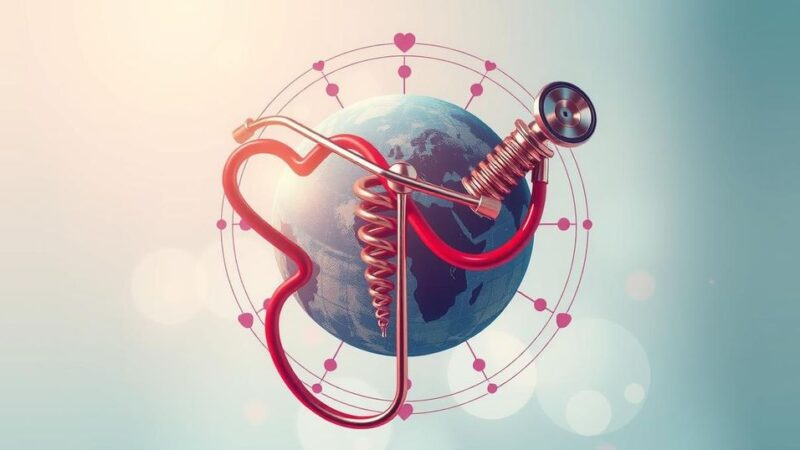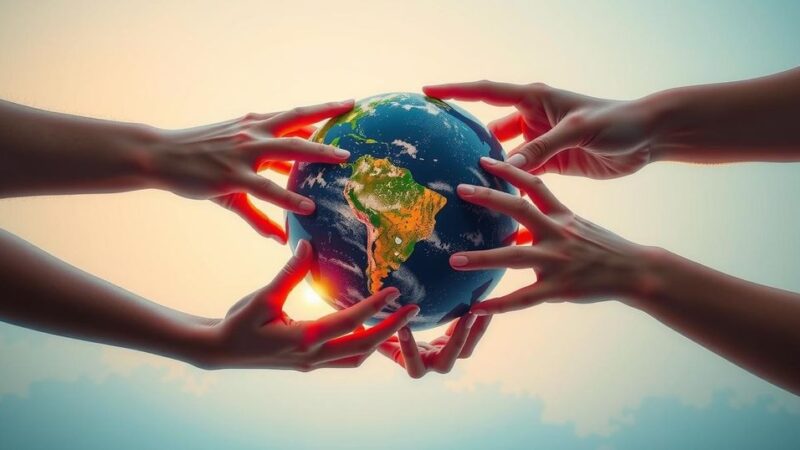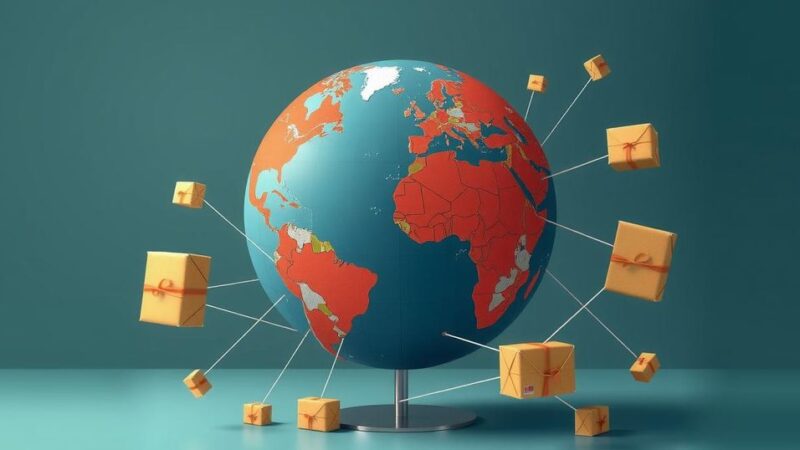As the pandemic revealed stark inequalities in vaccine access, researchers from the Global South, in collaboration with the WHO, initiated an effort to develop local mRNA vaccine production capabilities. This project aspires to prevent future reliance on wealthier nations, with hubs established in 15 middle-income countries. Despite reduced global demand post-2021, the commitment to sustaining this initiative reflects a desire to ensure equitable health solutions. Challenges concerning patents, regulatory frameworks, and funding persist, but the emphasis lies on fostering self-sufficiency to mitigate the impacts of future pandemics.
As the world grappled with the COVID-19 pandemic, it became glaringly evident that wealthier nations were prioritizing their own needs for vaccines while poorer countries were left desperate for access. In response, researchers from Africa, Asia, and South America united with the World Health Organization (WHO), declaring their commitment to no longer be at the mercy of Western corporations during crises of this nature. This collective effort birthed a significant initiative that encompasses laboratories and research entities across 15 middle-income countries in the Global South, focused on developing their manufacturing capabilities for messenger RNA (mRNA) vaccines. These first-generation vaccines are aimed at combating the coronavirus, with aspirations to later expand to other critical diseases like yellow fever and tuberculosis. Despite the decrease in global demand for COVID-19 vaccines and a shift in government priorities towards other crises, such as geopolitical conflicts, these collaborative efforts continue to advance. The mRNA vaccine technology transfer hub is distinctive in its intent to share vital technology openly—not adhering to the typically secretive practices of large pharmaceutical companies. At a recent event during the World Health Assembly, WHO’s project coordinator reaffirmed the commitment to sustaining the hub, especially now that initial funding of approximately $117 million is nearing depletion. The profound consequences of vaccine inequity during the pandemic, which reportedly led to over one million deaths in the Global South, remain vivid in the minds of many involved in the initiative. Increasingly, experts and advocates are recognizing the need for the Global South to foster self-reliance in vaccine production, as exemplified by the proactive establishment of local companies and research facilities. This initiative reflects a critical paradigm shift aimed at addressing historical inequalities that have seen lifesaving treatments delayed in lower-income regions. The production of mRNA vaccines represents a crucial opportunity, as this technology does not rely heavily on complex biological processes associated with traditional vaccines and can be produced in smaller labs. Country-specific hubs have emerged, with facilities in Argentina, India, South Africa, and others working on developing vaccines tailored to regional health concerns and potential future outbreaks. Collaborators are currently focused on targeting diseases that disproportionately affect their populations, such as tuberculosis in Brazil and rift valley fever in Senegal. While challenges remain, including patent barriers and the need for substantial improvements in regulatory frameworks, the ability to produce vaccines independently is seen as essential for a more equitable global health landscape. Much support from international entities like Gavi indicates a growing recognition of the need to finance and back local manufacturing initiatives, although tangible funding commitments still lag behind. Ultimately, this endeavor to establish self-sufficient vaccine production facilities in the Global South is not purely a technological challenge. It encompasses broader issues of economic growth, job creation, and systemic injustice embedded in today’s pharmaceutical landscape. An effective, equitable solution to future pandemics relies on the solidification of operational hubs, vigilance in funding and support, and a collective resolve to promote fairness in health advancements worldwide. As articulated by Barney Graham, a prominent virologist involved in the initiative, “It is in everyone’s best interest if more places can find solutions to their own regional problems.” These words serve to underline the importance of fostering local expertise and infrastructure to combat global health crises effectively. The world has learned a pivotal lesson from the pandemic: the necessity for local capabilities in vaccine production, coupled with collaborative international support, to ensure that no community is left vulnerable in the face of future health threats.
The ongoing debate surrounding equitable access to vaccines during global health crises has highlighted the significant disparities between wealthier and poorer nations. The emergence of the COVID-19 pandemic exacerbated existing inequalities, as financially advantaged countries secured vaccines while many in the Global South were left unprotected. In light of this, researchers and healthcare advocates in the Global South have sought to build capacity for self-sufficient vaccine production. Their initiative involves technological collaboration and knowledge sharing among regional laboratories to ensure that future health emergencies can be met with locally produced vaccines, thereby reducing dependency on external sources. The answers to the challenges posed by global inequity in vaccine access stem from lessons learned during the pandemic and underscore the urgent need for sustainable health solutions in vulnerable regions.
In summation, the initiative to foster mRNA vaccine production capabilities in the Global South represents an ambitious and necessary shift towards greater autonomy in global health. By prioritizing local production and collaboration, these efforts seek to eliminate the inequities that have historically plagued vaccine distribution. With ongoing support from international organizations and increasing local expertise, the collective aim is to ensure not only readiness for future pandemics but also the establishment of a fair health landscape where all populations have access to lifesaving treatments.
Original Source: www.washingtonpost.com






